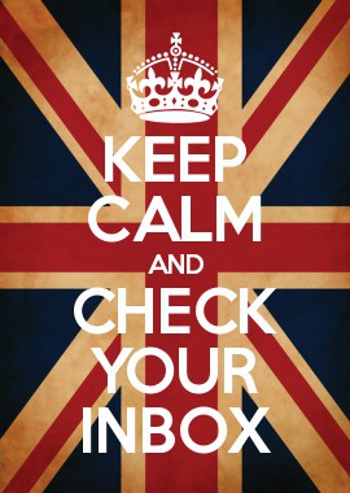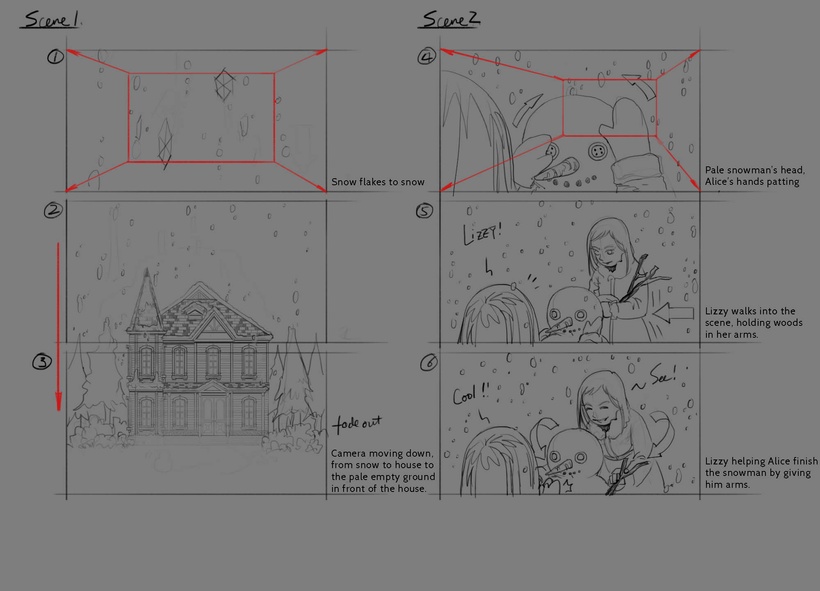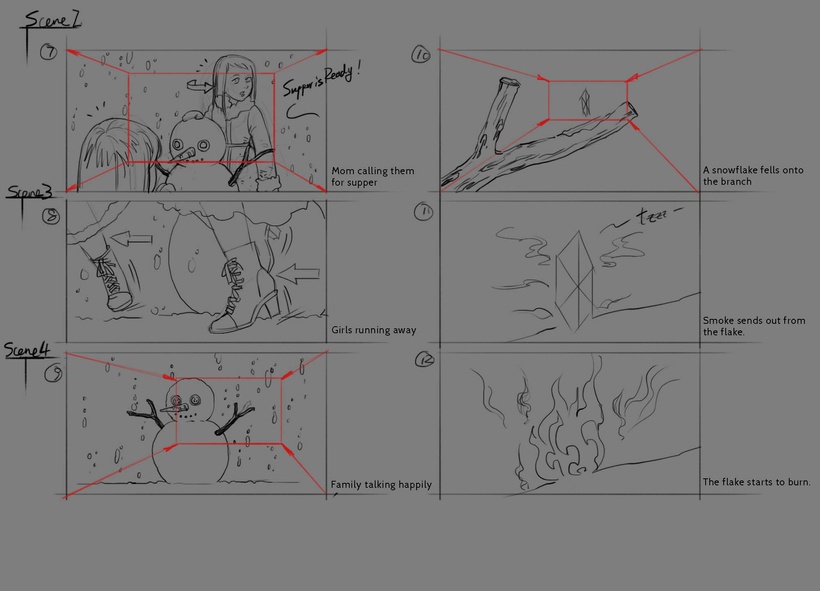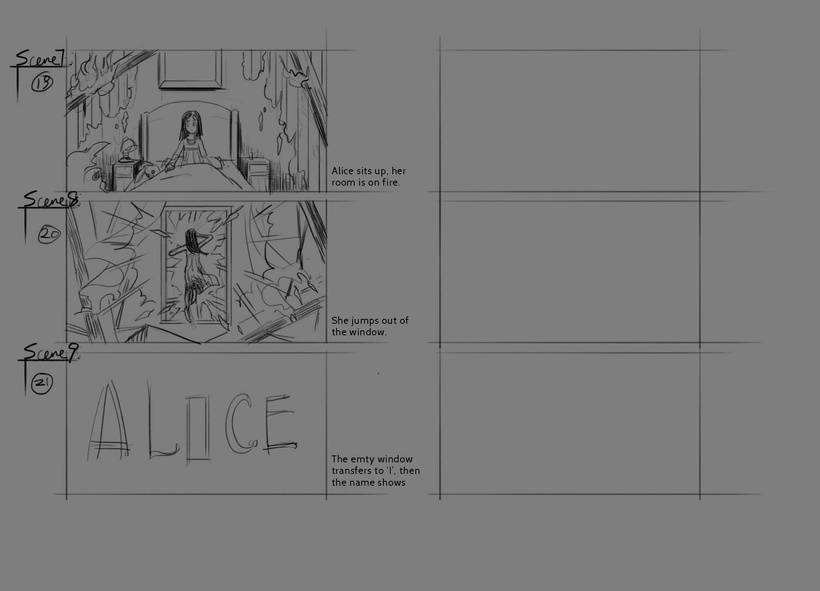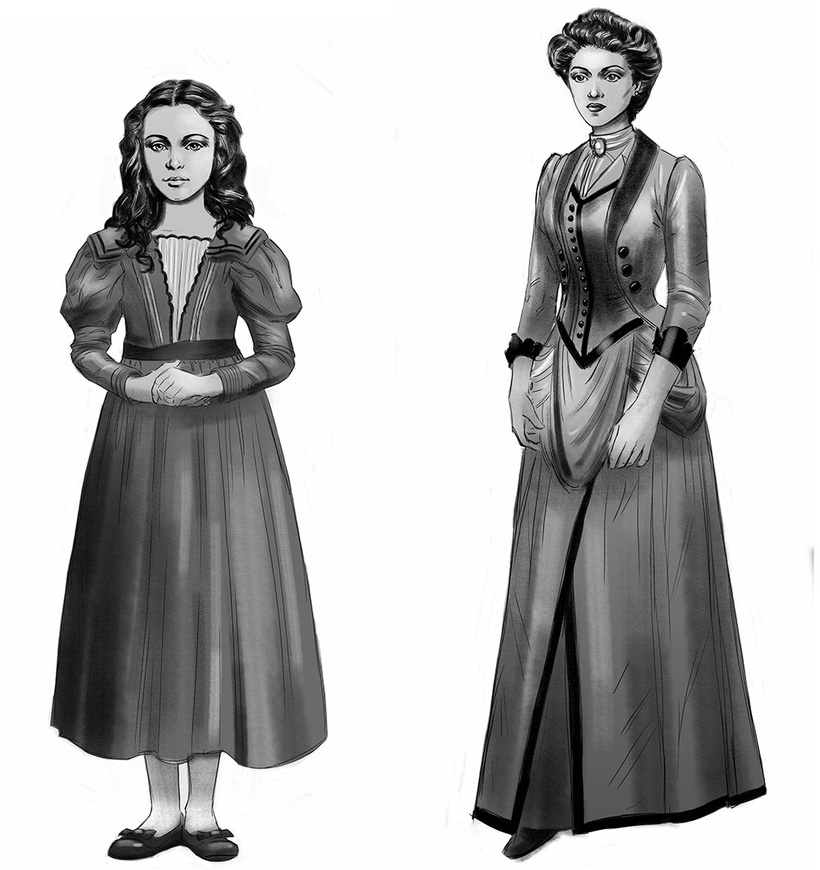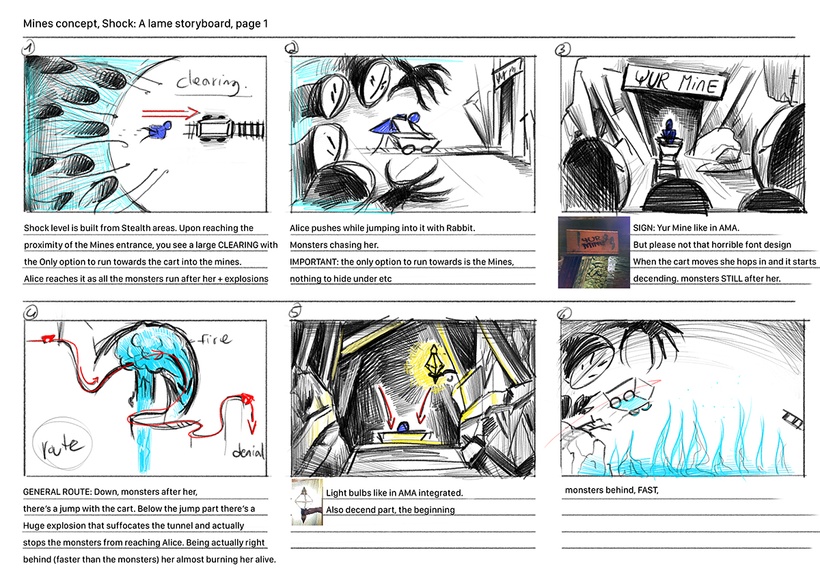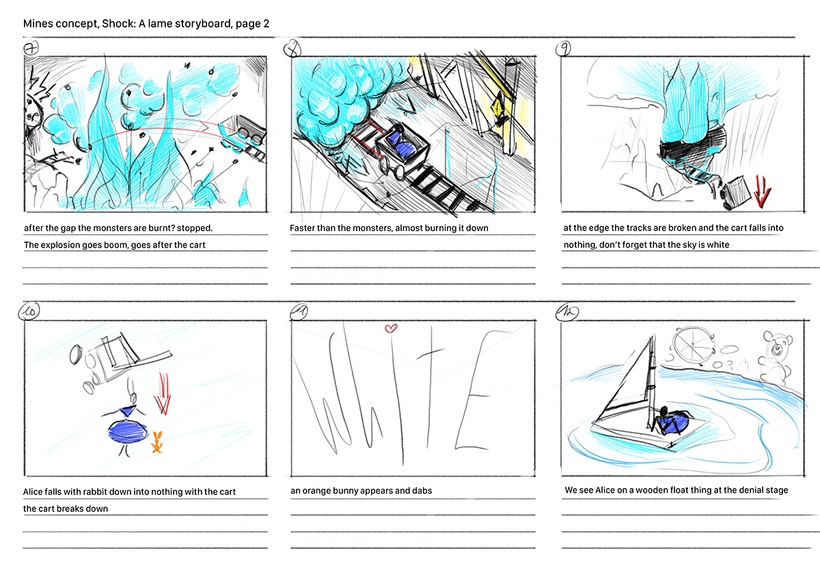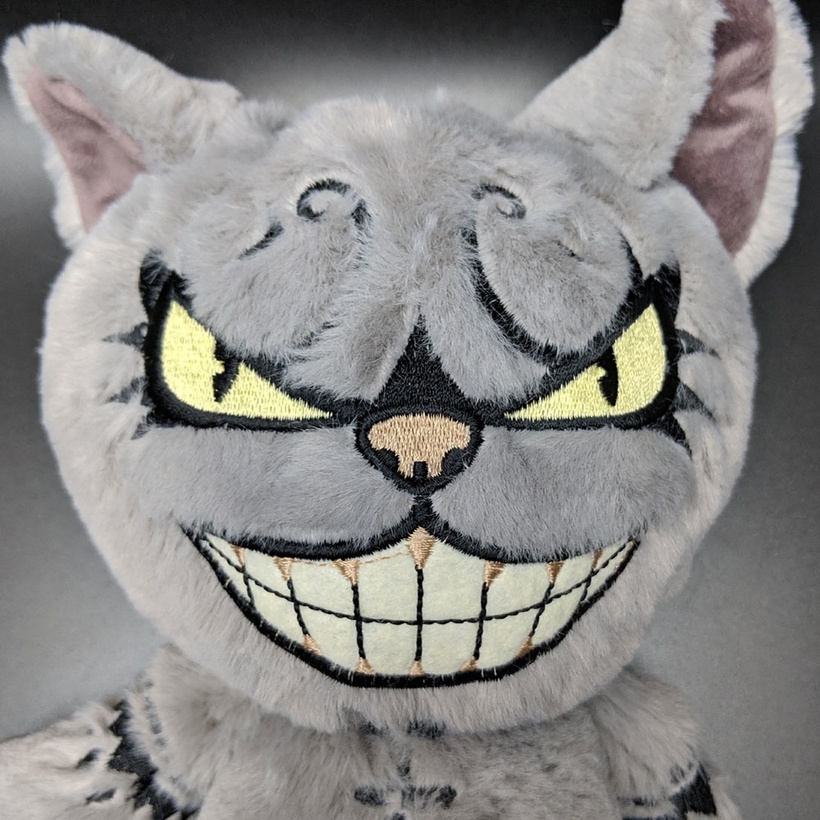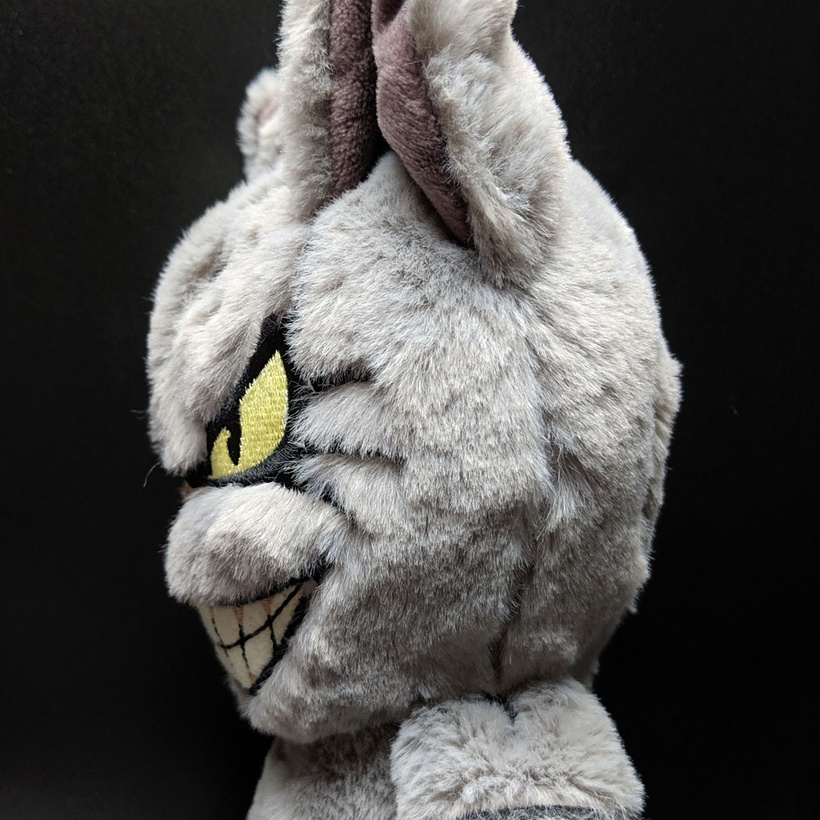In recent years, the American stand-up comedy and podcasting scenes have witnessed a curious and charming trend: the use of plush toys as props, symbols, and even recurring characters. What was once relegated to the realm of children’s bedrooms and toy shops has now taken on new life on the stages and studios of adult entertainment. Plush toys—cuddly, often comically oversized, and unthreatening—are increasingly being employed by comedians and podcasters to disarm audiences, create visual branding, or simply to inject an absurdist twist into their routines. But why has this happened, and what does it reveal about the evolving culture of comedy?
The Rise of Plush Toy Props in Stand-Up Comedy
In traditional stand-up comedy, physical props were often considered gimmicky. Comics like Carrot Top became famous—or infamous—for their reliance on elaborate toolboxes of visual jokes. But plush toys have a different kind of effect. They are not just tools for punchlines; they serve as companions, metaphors, mascots, and even provocateurs.
Take, for instance, the rise of comedians who use soft toys to create dissonance or highlight vulnerability. Plush toys act as deliberate contrasts to the harsh or confrontational content of adult humor. This juxtaposition makes the comedy more memorable and often, more emotionally resonant.
One notable example is Whitney Cummings, who incorporated a robotic sex doll modeled after herself in her routines—a satirical, life-sized plush adjacent that sparked conversation about gender, AI, and control. While not technically a plush toy, the effect was similar: a soft-looking, human-like object used to provoke big questions and laughs alike.
Podcasting and the Birth of Plush Toy Mascots
Podcasting, with its often-visual element on platforms like YouTube or Spotify Video, has embraced plush toys even more enthusiastically than live stand-up. Plush mascots are easy to display on camera, they help with branding, and they often serve as low-maintenance “co-hosts” or in-jokes that loyal audiences adore.
The podcast Your Mom’s House, hosted by comedians Tom Segura and Christina Pazsitzky, occasionally features plush toys in the background as part of a carefully crafted set. These toys are not just decorative; they become part of the podcast’s aesthetic language. Loyal fans recognize them, associate them with certain running jokes, and even request merchandise based on them.
Another standout is Kill Tony, the live podcast/stand-up hybrid show hosted by Tony Hinchcliffe. While the primary focus of the show is comedic performance, the recurring presence of plush toys on the stage or desk—often gifted by fans—serves as a kind of communal tradition. These items connect performers with the audience and symbolize the fluid relationship between host and fandom.
The Appeal of Softness in a Harsh Medium
Comedy is often about contrast. The inclusion of plush toys—objects associated with innocence, nostalgia, and safety—creates a compelling dissonance when placed in the edgy, often explicit world of stand-up comedy. This contrast can make jokes hit harder or offer relief between more intense segments.
In particular, plush toys allow comedians to explore themes of childhood, trauma, and identity in ways that feel emotionally accessible. Comedians like Bo Burnham, known for his theatrical performances and self-aware humor, have used puppets and soft toys in their sketches to reflect mental health struggles or existential dread in a more digestible format.
The soft exterior of plush toys mirrors the psychological texture of many modern comedians: vulnerable, questioning, and critical of traditional masculinity or bravado. As audiences have grown more accepting of introspection and sincerity in comedy, plush toys have served as visual metaphors for emotional openness.
Fan Culture and Interactivity
In the age of participatory media, fan culture plays a significant role in shaping how podcasts and stand-up sets evolve. Plush toys are frequently introduced not by creators but by fans. Many comedians now receive plush toys as gifts, often handmade or customized to reflect an inside joke or character from the show.
For example, comedian and podcaster Bobby Lee of TigerBelly fame often receives plushies from fans, which he showcases on his desk during recordings. These gifts become part of the set and lore of the show, turning the plush toy into a character in its own right. The line between performance and audience becomes blurred—fans shape the content visually and emotionally through their contributions.
Merchandising also plays a role. Limited edition plushies based on podcast mascots or characters often sell out quickly. Shows like Last Podcast on the Left have capitalized on this trend, offering plush versions of cryptids or fictional characters discussed on the show. It’s not just good business—it fosters a sense of belonging and shared language between creators and listeners.
Plush Toys as Political and Social Commentary
Plush toys can also be powerful symbols of critique. When used deliberately, they subvert expectations and make statements. A plush toy on a comedian’s stool might be dressed as a politician, a corporate figure, or a caricature of societal norms. The softness of the object contrasts with the sharpness of the joke, heightening its impact.
Comedian Sarah Silverman has used plush toys in her sets to mock the infantilization of women in media and advertising. By juxtaposing a teddy bear with adult content or political commentary, she challenges the audience to reconcile conflicting ideas about femininity, power, and maturity.
Similarly, plush animals have been used in comedic skits and sketches on Saturday Night Live and Tim and Eric Awesome Show, Great Job! to create surreal, absurdist worlds that critique consumer culture and media. These shows play on the childlike associations of plush toys to make adult viewers uncomfortable—and make them think.
Branding, Memorability, and Visual Identity
From a branding perspective, plush toys are gold. They’re memorable, unique, and translate easily into merchandise. For independent comedians and podcasters building a brand without the backing of major studios, a plush mascot is a low-cost, high-reward visual hook that sticks in the minds of viewers.
Podcaster and comic Theo Von, known for his Southern charm and surreal storytelling, often uses quirky set decorations, including plush creatures and dolls. These oddities are part of his distinctive visual identity and help viewers instantly recognize his content in the cluttered digital landscape.
Even mainstream comedians like Kevin Hart have embraced the branding potential of cartoonish and plush aesthetics in certain projects. His children’s programming and branded merchandise reflect a strategic blending of adult and childlike visuals to appeal across demographics.
The Psychological Effect on Audiences
There is also a psychological layer to consider. Plush toys can help audiences relax. Much like therapy animals or soothing textures in therapy rooms, plush toys evoke feelings of safety and comfort. For anxious viewers or live audiences unfamiliar with a performer, seeing a plush toy on stage can lower defenses and enhance receptiveness.
This can be particularly effective for comedians discussing heavy topics like depression, addiction, or grief. The plush toy serves as a visual cue that “we’re still safe here”—that the performer may get dark, but there’s still softness in the world.
In a world increasingly plagued by digital overload and emotional exhaustion, plush toys signal a return to something simple, tactile, and human. Their inclusion in adult comedy isn’t childish—it’s strategic, therapeutic, and deeply effective.
Conclusion: A Soft Revolution in Comedy
The integration of plush toys into the world of stand-up comedy and podcasting is more than just a cute trend. It reflects shifting cultural values: a greater tolerance for emotional vulnerability, a deeper engagement with nostalgia, and a growing desire for multi-sensory storytelling. Plush toys humanize performers, deepen audience engagement, and inject a surprising visual twist into otherwise word-heavy formats.
Whether as mascots, metaphors, or merchandise, plush toys are here to stay. As comedy continues to evolve alongside the internet, pop culture, and psychological wellness movements, don’t be surprised if the next big comic on Netflix or Spotify has a teddy bear sitting right beside them.
In the end, what could be more revolutionary than using a stuffed animal to tell the truth?

